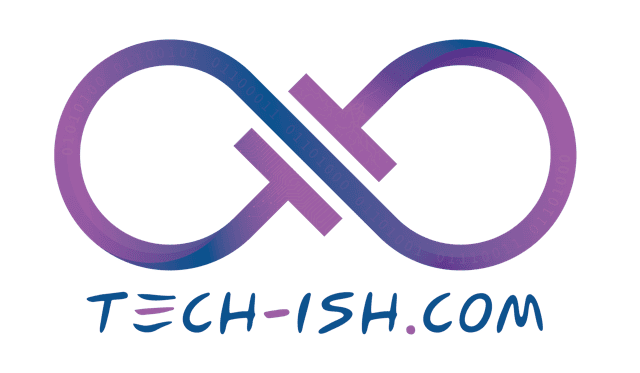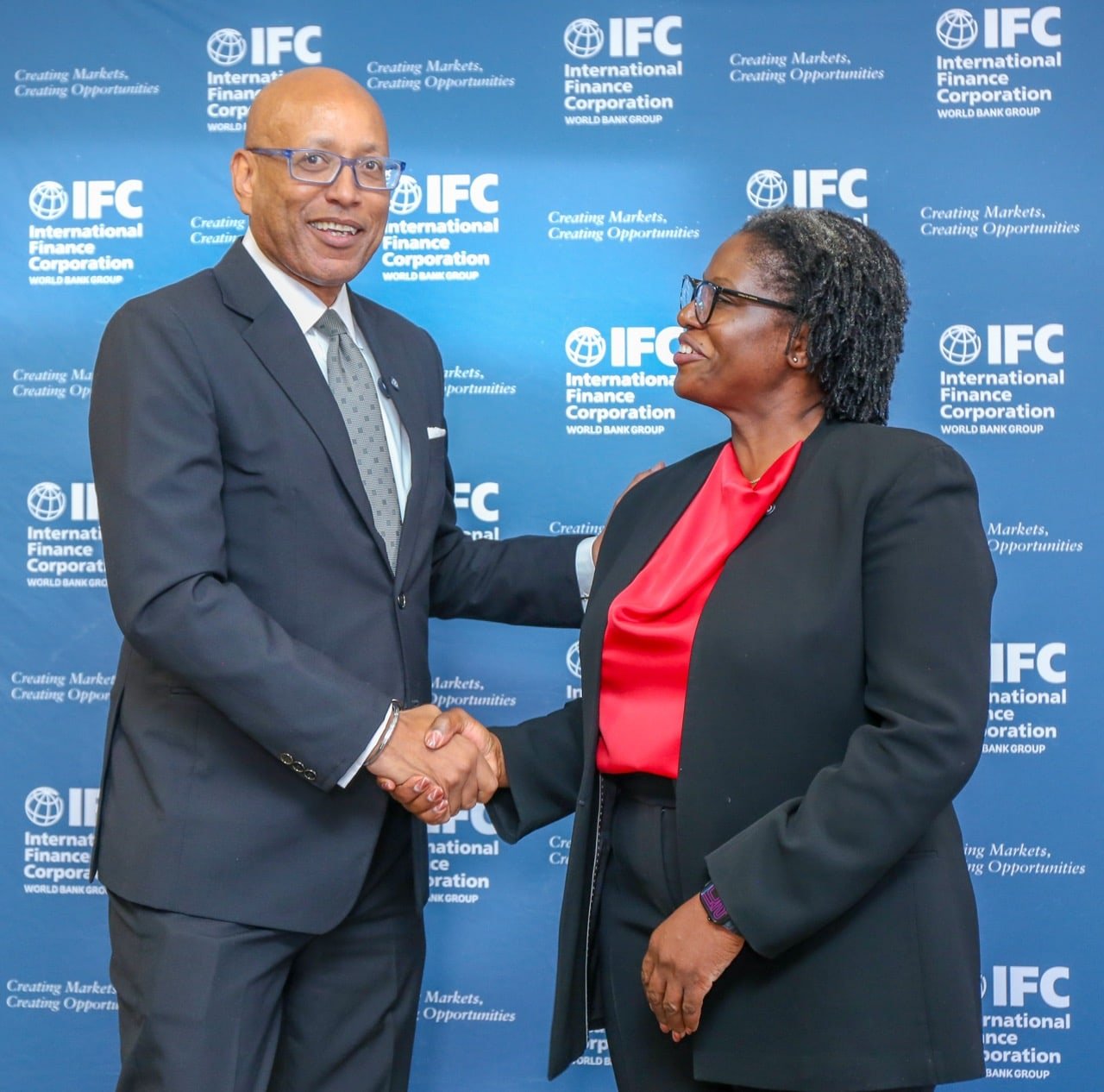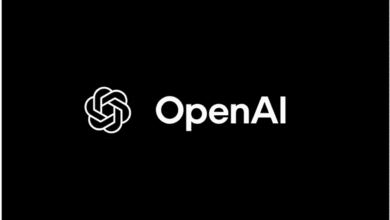The World Bank’s private investment arm has a new plan for Africa: use its own money
Kenya is the test lab for a new model of sustainable growth
The International Finance Corporation (IFC), the private-sector arm of the World Bank, is tired of waiting for foreign aid. At a press event in Nairobi, the organization laid out a new playbook for funding Africa’s future: unlock the continent’s own massive, and largely untapped, pools of savings.
The core idea, which the IFC will be pushing hard at the upcoming Africa Financial Summit, is that local money should be funding local projects. Instead of relying solely on international development funds, the IFC wants to channel Africa’s own pension funds, insurance assets, and bank savings into building the continent’s future.
“The institution is shifting harder toward instruments that crowd in local investors,” said IFC’s Vice President for Africa, Ethiopis Tafara. Translation: they’re done just writing checks. The new plan is to create investment products and pipelines so attractive and de-risked that African investors will want to buy in.
The goal is to supercharge job creation for the continent’s booming young population by pouring capital into green energy, modern agriculture, digital infrastructure, and manufacturing. And the IFC has chosen Kenya as its primary test bed.
With a $1.3 billion portfolio already active in the country, the IFC is doubling down on three key areas:
- Supercharging Small Business with Fintech: The IFC is injecting capital into local banks like KCB and Equity Group specifically for lending to small businesses and climate-friendly projects. It’s a bet that backing local financial players is the fastest way to get capital to the startups and SMEs that form the backbone of the economy.
- Building a Green Grid: Kenya has a goal of running on 100% renewable energy by 2030. The IFC is backing that ambition by funding solar and geothermal projects, which are essential for providing the kind of reliable, clean power needed to run factories and data centers.
- Upgrading the Food System: Through the World Bank’s AgriConnect program, the IFC is investing in tech platforms that link farmers directly to markets, slashing post-harvest waste and boosting incomes. Think digitizing the entire agricultural value chain, from warehouse receipts to insurance.
But this isn’t just about finding cool projects. The bigger challenge is creating a market where local capital feels safe. The IFC is also working behind the scenes, advising governments on policy and pushing for things like EDGE green-building certifications to make assets more transparent and attractive to local pension funds.
The big question at the Africa Financial Summit in November will be how to actually get this done. The conversation will focus on four key financial “pipes”:
- Banks: Creating new ways for them to fund small businesses and climate tech.
- Insurance & Pensions: Unlocking these massive, long-term funds to invest in infrastructure.
- Capital Markets: Using tools like green bonds to let everyday savers invest in big projects.
- Fintech Rails: Leveraging technology to make it cheaper and easier to bundle small investments into large, attractive portfolios.
The IFC’s message is clear: the future of African development won’t be funded by outsiders, but by Africans. If they can prove the model works in Kenya, it could create a blueprint for a more self-sufficient, sustainable future for the entire continent.







